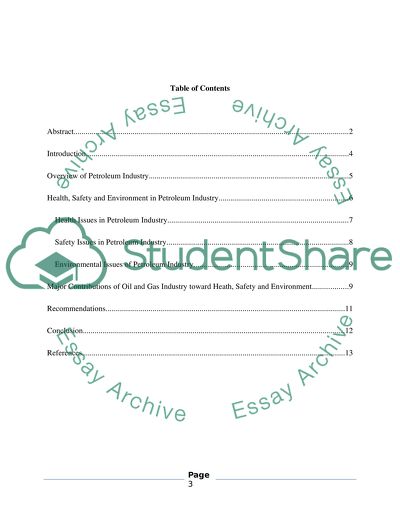Cite this document
(“Helth, Safety and Environment in the Petroleum Industry Research Paper”, n.d.)
Helth, Safety and Environment in the Petroleum Industry Research Paper. Retrieved from https://studentshare.org/environmental-studies/1455440-helth-safety-and-environment-in-the-petroleum
Helth, Safety and Environment in the Petroleum Industry Research Paper. Retrieved from https://studentshare.org/environmental-studies/1455440-helth-safety-and-environment-in-the-petroleum
(Helth, Safety and Environment in the Petroleum Industry Research Paper)
Helth, Safety and Environment in the Petroleum Industry Research Paper. https://studentshare.org/environmental-studies/1455440-helth-safety-and-environment-in-the-petroleum.
Helth, Safety and Environment in the Petroleum Industry Research Paper. https://studentshare.org/environmental-studies/1455440-helth-safety-and-environment-in-the-petroleum.
“Helth, Safety and Environment in the Petroleum Industry Research Paper”, n.d. https://studentshare.org/environmental-studies/1455440-helth-safety-and-environment-in-the-petroleum.


